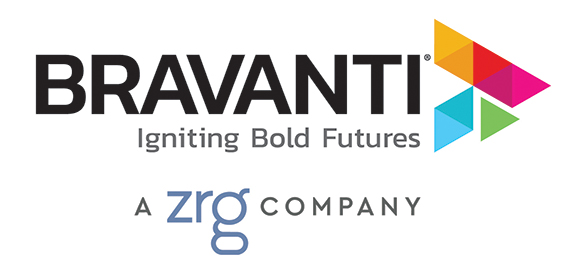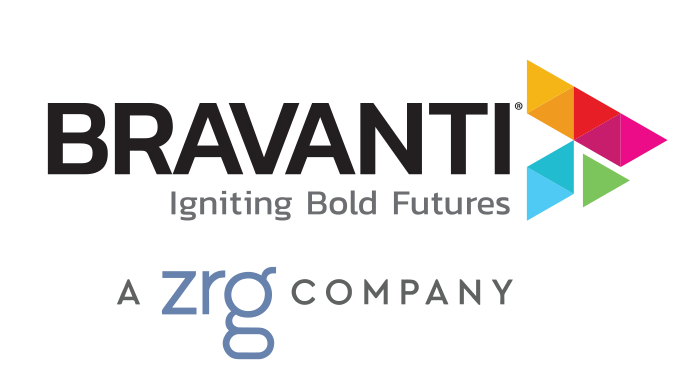By Michael McGowan
Developing talent in today’s workplace must go beyond a PowerPoint presentation. Studies show that people learn by doing rather than listening to a lecture. To produce top-quality results, development programs must be innovative, interactive, and customizable. For example, action learning is designed to solve an organization’s specific business issue (e.g., introducing a new product/service, moving into a new channel/market, acquiring another company) or talent issue (e.g., improving diversity & inclusion, reducing attrition, solving for burnout) while simultaneously developing talent by helping leaders and teams build important business skills. Prior to beginning an action learning program, an organization typically conducts assessments to identify its developmental areas. Designing an effective program involves identifying a issue within the organization that the participants can solve.
When selecting the business or talent issue, keep these key filters in mind:
- Choose a broad problem for high-level leaders: Action learning participants often are more senior-level leaders (e.g., vice presidents, senior vice presidents, directors, and senior directors) so it is important that the issue is of the magnitude that they would address at their current or next promoted level.
- Lean toward impact and passion: Select an issue that will have an impact on the organization, one for which participants can be passionate, gain visibility, and be willing to spend the time and effort to recommend innovative solutions.
- Sponsors will be highly influential: The team of senior executives sponsoring the action learning program will likely have a personal stake in a certain issue and will help narrow and select it.
- The problem should have multiple solutions: It is ideal to work on an issue that can result in multiple, varied solutions to pitch to the sponsors. If it’s broad enough, it could be reused for an additional cohort.
Once the issue and teams are determined, the action learning can begin. The combination of interactive one-on-one training, group exercises, coaching, and formal skills training will push participants out of their comfort zones, resulting in complete participant engagement where they build leadership skills, improve leadership behavior, and help create a business solution that will positively impact the organization.
Content from this article originally appeared in Training Magazine.

